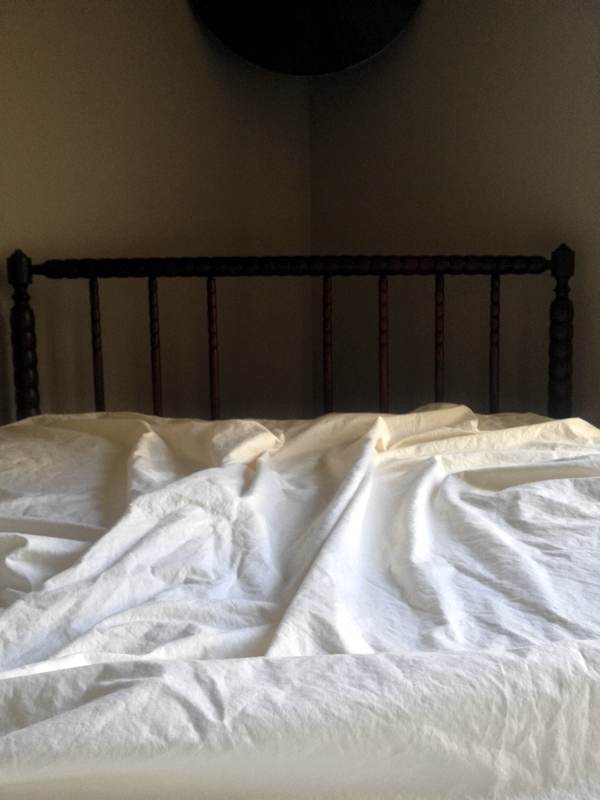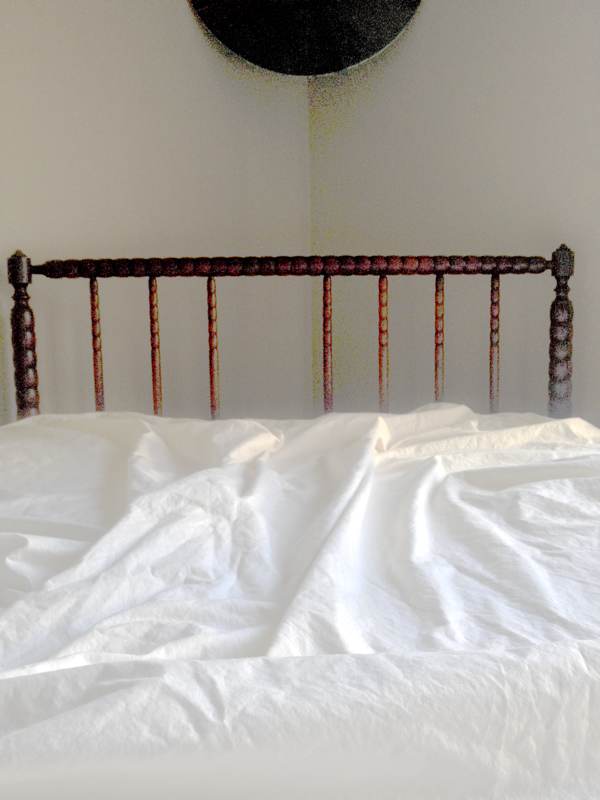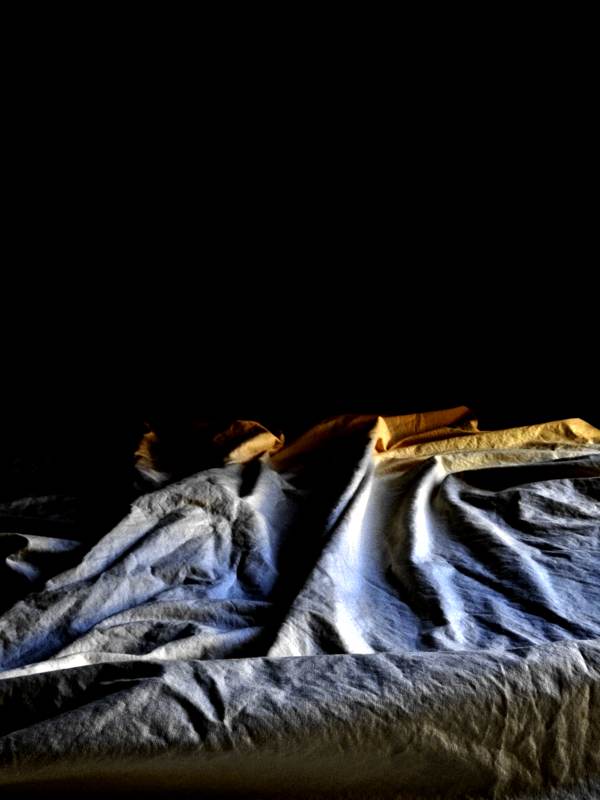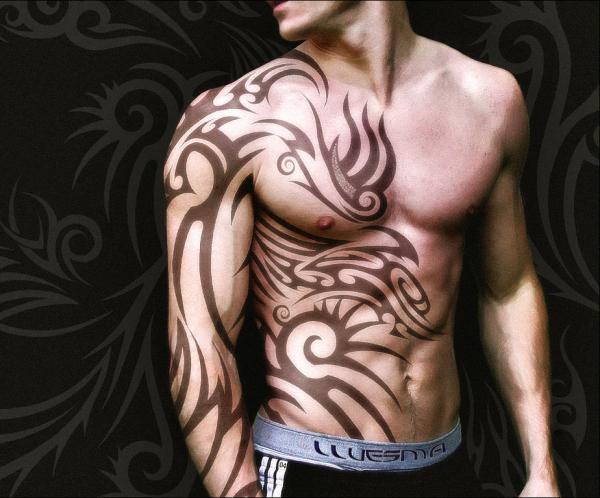I worked for an hour and a half this morning with some music, and despite my best efforts to piddle with fragments, no pressure, I ended up solving a couple of problems with the first movement of the Symphony. Nothing to share yet, so you’ll just have to take my word for it. Short version: the main motif has been reimagined as an opening fanfare/intro, and what used to be the B theme is now the A theme, since it opened with the same notes.
And as I am typing this, it occurs to me that a further part of a solution to the thematic material is to re-declare the key of the thing. I’ve been thinking of it as in G major, but it might suit my purposes better to have it in C major, if my purposes are defined as maintaining the actual notes of the main motif (hereafter known as the Motif) as the opening of the theme.
There are a couple of reasons I don’t want to do this. One is the fourth movement, which is in G. Yes, I know, it’s a disaster and I might as well go rewrite it in C. (It actually opens in C minor, so the transition to C major would actually be easier.)
Another reason is that everyone’s first symphony is in C major. And almost no one writes in G major. Actually, almost no one writes in anything major these days, because it just sounds so damned cheerful and we all know the music can’t be serious if it’s cheerful. At any rate, I’m unreasonably stubborn about this. But something tells me I’m going to take the easy way out.

Yesterday, we went to the High Museum to see the First Emperor exhibit. Go, if you have the opportunity. It’s truly magnificent. There’s something awe-inspiring about the whole thing: the artistry that the culture brought to everything it touched, the craftsmanship, and above all, the incredible hubris of the project. The emperor in question, having united the Warring States under Qin, began immediately to construct this enormous tomb from which he could continue his glorious and blessed reign after death. It’s like 27 square miles of buried stuff: larger-than-life-size soldiers, yes, but also musicians, animals, acrobats, carts, banquets, temples, palaces–it’s literally an entire city for the emperor’s eternal use. (The half-size cart, which surprised me, because everything else was larger than life, was actually positioned next to a ramp, so the emperor could actually be driven up and out to travel around his domain.)
Equally impressive, though, were the two exhibits in the lower level, one of the sculptures of Ulysses Davis, and the other of works on paper from the folk art collection.
Ulysses Davis was an barber in Savannah, black, who carved amazing sculptures. Especially interesting to me was the way that he developed from very literal carvings and bas-reliefs to highly symbolic and imaginative pieces. He made a creative journey that trained artists can only pray for. He did it through the work, of course, although he did apparently study books on African art on his own. Follow the work, follow the work.
The drawings from the folk art collection is all “outsider” stuff, and like most of the genre is hallucinogenic in the extreme. I’ve never read of any of these artists ingesting entheogenic substances, yet there they are, acid trips and mushroom journeys, all on paper.
Many were schizophrenic and that’s usually credited with their bizarre visions, but having read Huxley’s The Doors of Perception, my question is whether they are actually perceiving the world visually in ways that the rest of us have to take drugs to see.
The complexity of their visions is astounding. Can any trained artist achieve this? Part of the awful beauty of the work is the un-academic clumsiness, which the artists apparently recognized at some level because there is always a compensation in the balance of the composition to make up for the lack of draftsmanship, perspective, etc.
The very existence of the works is one proof of the evolutionary nature of artistic creativity. Two drawings struck me in this regard. I don’t remember anything about the artist other than his being male. They were two large pieces of drawing paper, and the drawings were pencil. There were straight lines drawn in regular graphite, with tiny little Klee-like, or perhaps Tanguy-like, blodgets extending from either side of the lines. These blodgets were all red or blue. Very nervous, frantic pieces, and their titles were like “Demon House,” very ominous.
It occured to me as I examined the drawings that he must have used one of those double-ended pencils that have red lead on one end and blue on the other. Remember those? Do they even make them any more? I remember thinking how neat they were when I used to see them in Woolworth’s over in the old Eastgate shopping center (where the Justice Center is now), and I know I owned at least one in my childhood.
Without knowing anything about the artist, I am imagining that he created these drawings with the only materials available to him. He had no choice about any of it: the paper, the medium, even whether or not to draw, or indeed what to draw. He had to do what he had to do. (Lacunans, refer to my piece from last week.)
The power of all the works in this exhibit was overwhelming to me, for some reason. As I start/continue my sketching/painting, I would love to produce something like these: simple, complex, untrained, chthonic in its source. The irony is that with my music, my lack of training is a real stumbling block, yet with my art, what little training I have will derail my ambitions.







